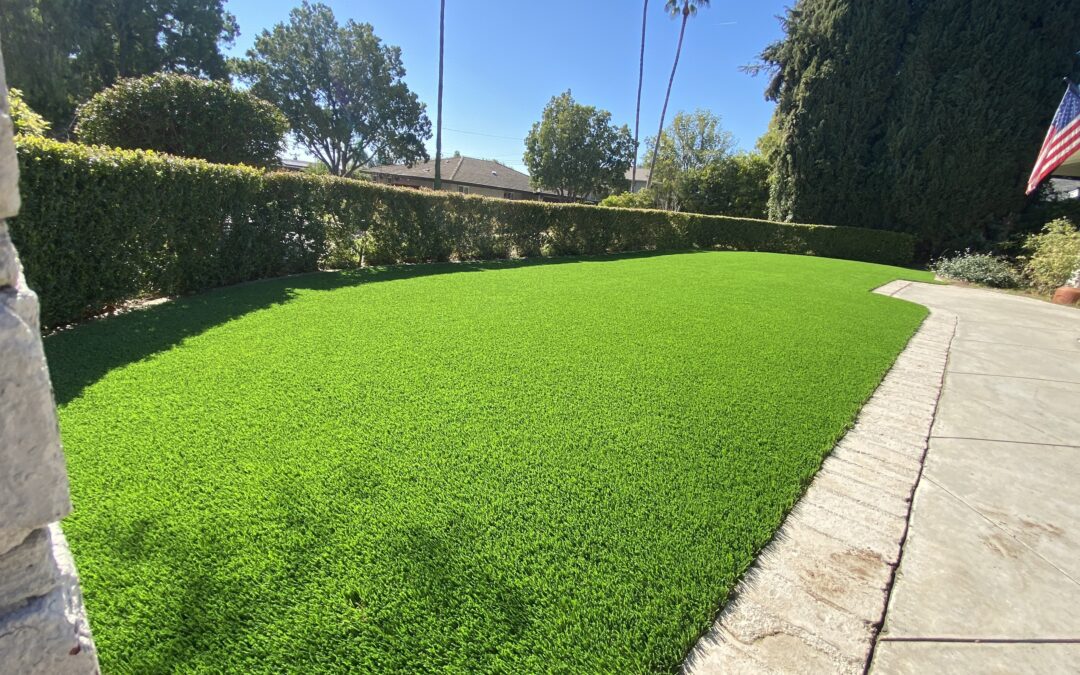Many homeowners dream of having a beautiful, green lawn. However, insects and rodents are a frequent problem that can affect natural grass. These pests can harm the lawn’s beauty as well as pose a threat to public health and the structural stability of the neighborhood. A well-liked substitute that not only provides a low-maintenance option but also successfully keeps rodents and insects out of your outdoor space is artificial grass.
Insects and rats have no food source, which makes natural grass a wonderful breeding ground for them. Natural grass also provides an easy food source for insects and rodents. Artificial grass, on the other hand, lacks organic material and is therefore unattractive to pests. Insects and rodents are less likely to be drawn to your lawn in the absence of a food supply, lowering the possibility of an infestation.
No hiding places: Because it has a smooth, neatly woven surface, artificial grass is not a place where pests may hide or build nests. Ants, fleas, and ticks, among other insects, need damp soil or a lot of vegetation to create their homes. Artificial grass prevents infection by taking away their ideal habitats by removing these components. Rodents like mice and rats also choose long grass for hiding and building their nests. Because artificial grass removes their hiding places, these pests are less likely to visit your yard.
Absence of water retention: In natural grass, water retention can produce an excellent hatching environment for insects like mosquitoes. Contrarily, artificial grass has a perforated backing that enables effective drainage. By preventing standing water from building up, this feature lowers the possibility of mosquito breeding and the consequent spread of diseases carried by insects.
No need for pesticides: Using pesticides to manage insect and rodent populations is frequently necessary to maintain a natural lawn. The environment, animals, and people may all be harmed by these toxins. Pesticides are either considerably reduced or completely unnecessary with artificial grass. You may enjoy a pest-free lawn using this eco-friendly substitute instead of using possibly damaging chemicals.
Easy to clean and maintain: One of artificial grass’s benefits as a pest deterrent is how simple it is to clean and maintain. Any dirt or organic waste that may have accumulated can be removed by routinely sweeping or hosing down the surface. By maintaining cleanliness, you remove potential hiding places and food supplies for pests, making your grass less tempting to them.
One of the many benefits of artificial grass is its capacity to keep insects and rodents away of your outdoor area. Artificial grass works as a pest deterrent by removing food supplies, minimizing hiding places, and avoiding water retention. Artificial grass’ reduced maintenance requirements mean that fewer pesticides are needed and that it is simpler to maintain the area clean. So, think of artificial grass as a practical and useful option if you want a lawn that is pest-free and attractive all year long. Enjoy a healthy, pest-free lawn for years to come and bid pest control adieu!

